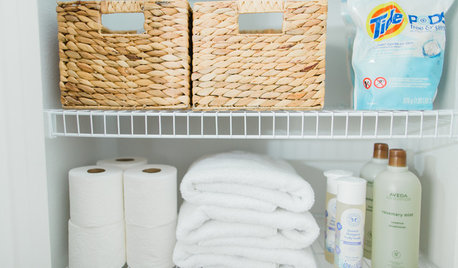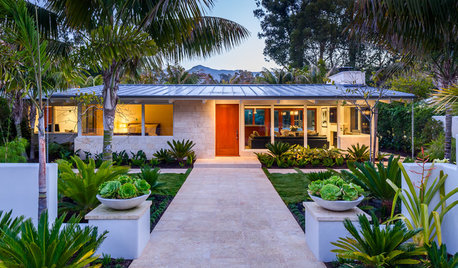Hi All -
I am a Girl Scout leader for a group of 13 year old Cadettes. They are working on earning an important award - their Silver Award. They are working with a non-profit group in OC that helps place homeless people into transitional housing. This organization also operates a Children's Resource Center where homeless children go during the day to receive care and resources they need. My troop decided to build 3 or 4 SFG's at this resource center. They plan to purchase and donate all the necessary components, build the raised beds, plant the seeds/seedlings, nurture and grow vegetables and flowers and then teach the kids (that the center serves) how to maintain and harvest the crops in the hopes that the project will be sustainable down the road once we are no longer involved.
Sound like a great idea??? Yep! Only here's the problem... I, the leader, have a very poor history with keeping anything alive which is why the only plant I have is a plastic solar powered flower in my kitchen window. I found the SFG for Kids book at my local bookstore, bought it, read it front to back and I'm still a bit nervous. I think I understand the logistics of building the boxes and spacing between them etc. What I need help with is figuring out what to plant, where to plant each item within the boxes, what combinations of items to plant together, soil recommendations since Mel's mix is too expensive for our troop's limited funds, etc.... Don't get me wrong. I'm sure his soil mix is worth it's weight in gold, but our troop simply can't afford this project using his mix. Even making my own based on his recipe is too much.
The SFG's are going in a location that gets full sun all day. The Children's Resource Center is located in Stanton, CA which I believe the climate zone is 22 and/or 23. Can anyone give me tips on what mistakes to avoid, a good soil mixture that is more affordable than Mel's, what plants would have the best chance of success, locations of plants within each box, what to plant together, seeds vs seedlings or combination etc....
We will be planting in May or early June at the latest. Here's a list of what my troop came up with after their research of seed packets:
beans, corn, cucumber, eggplant, sweet cherry peppers, squash, tomato, zucchini, herbs (sage, cilantro, basil, rosemary), strawberries. This is what they came up with based on the seed packets. I don't think they put a lot of importance though on which of these could be grown successfully (by children!) in a SFG. Any thoughts, recommendations or basic tips would be greatly appreciated as I have zero confidence when it comes to growing anything but kids.
I'm really hoping this whole experience is not traumatic and inspires me to want to create my own SFG for my family. But, at the very least I need a little help so that my troop and the kids we're serving don't walk away with a negative experience due to my lack of skills.
Thank you in advance!! I'm in awe of all your gardening knowledge and talents.
Julie








planterjeff
otottmomOriginal Author
Related Professionals
San Juan Landscape Architects & Landscape Designers · Columbine Landscape Contractors · Damascus Landscape Contractors · Deerfield Beach Landscape Contractors · East Chicago Landscape Contractors · Goodlettsville Landscape Contractors · Muttontown Landscape Contractors · New Brighton Landscape Contractors · Northport Landscape Contractors · Setauket-East Setauket Landscape Contractors · Draper Fence Contractors · Gardena Fence Contractors · Pasadena Fence Contractors · Prior Lake Fence Contractors · Wake Forest Fence Contractorsplanterjeff